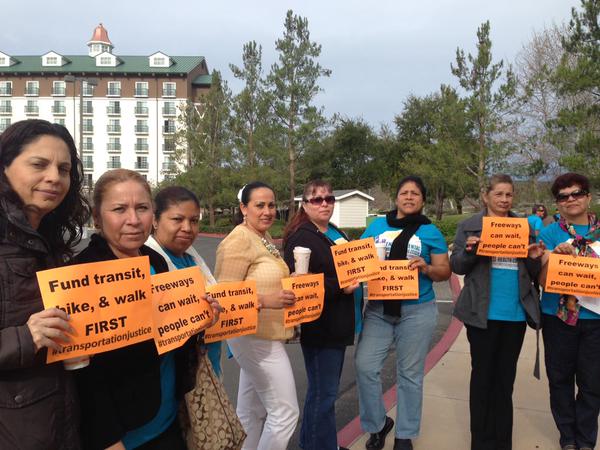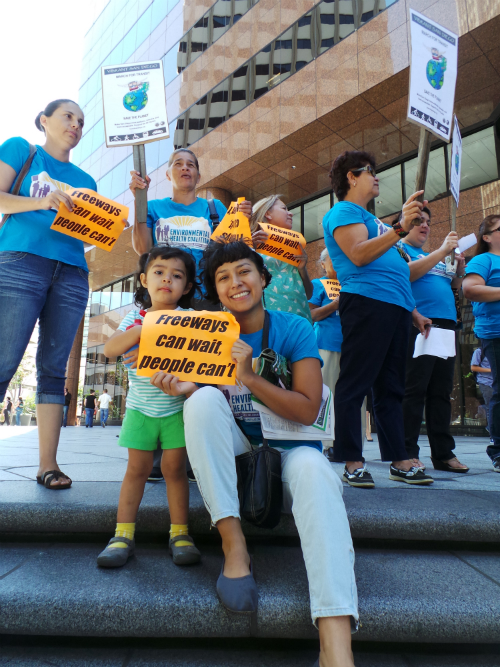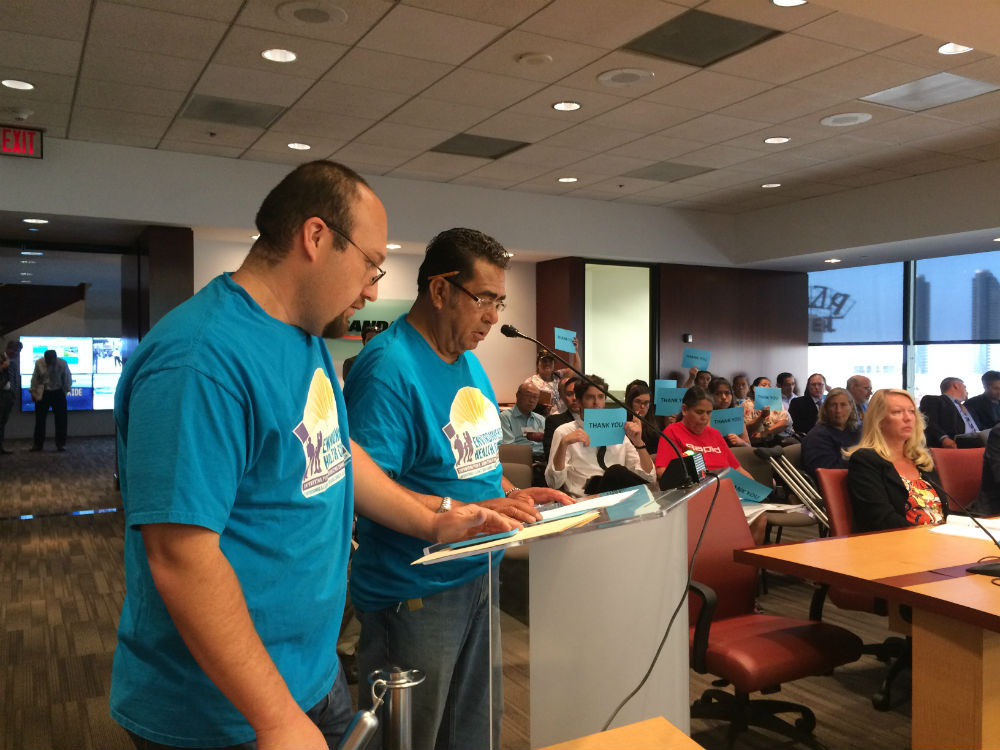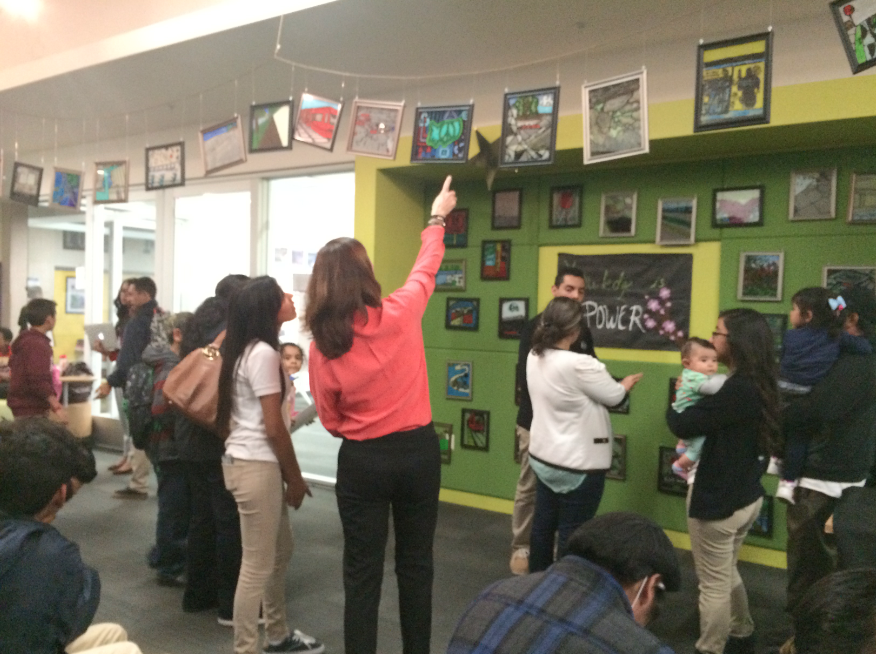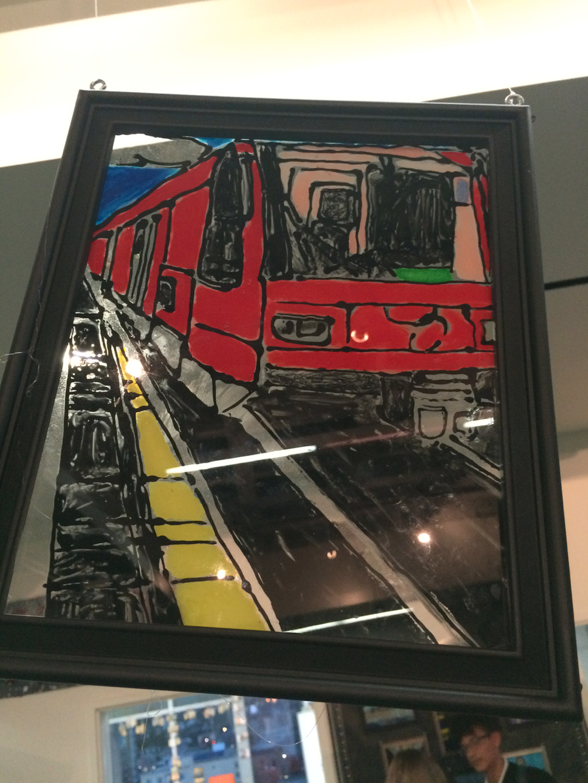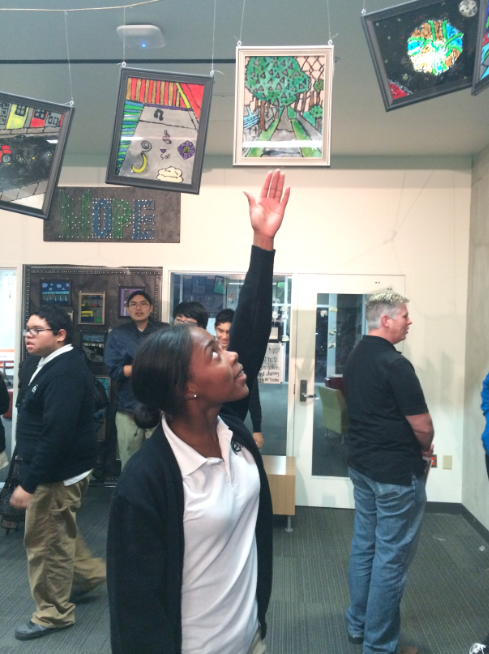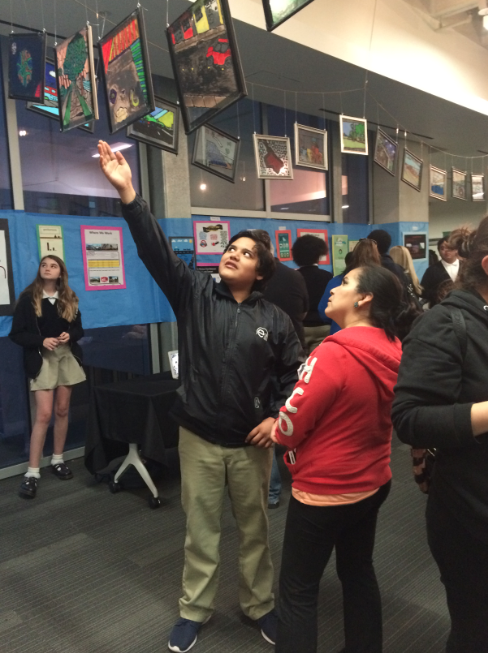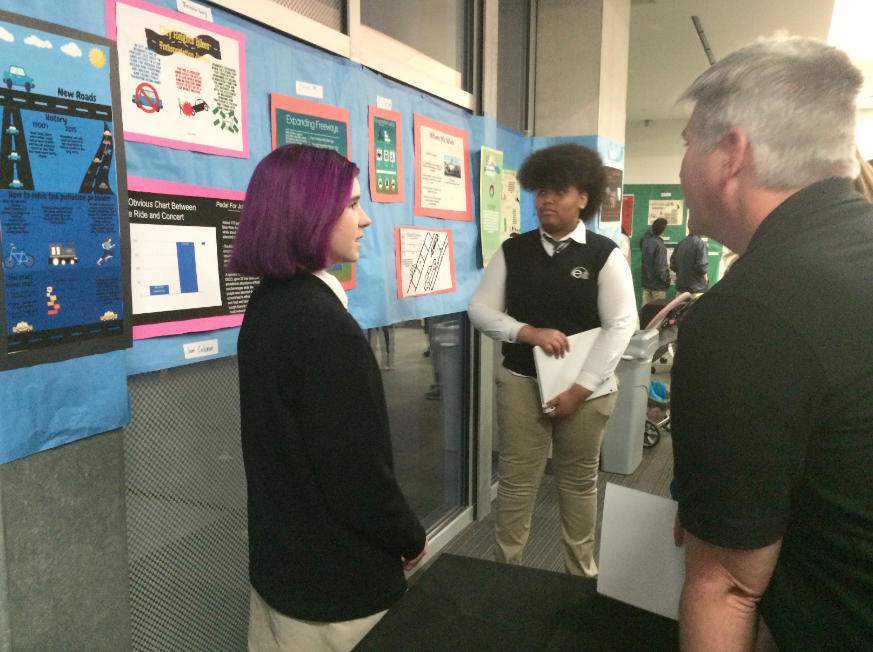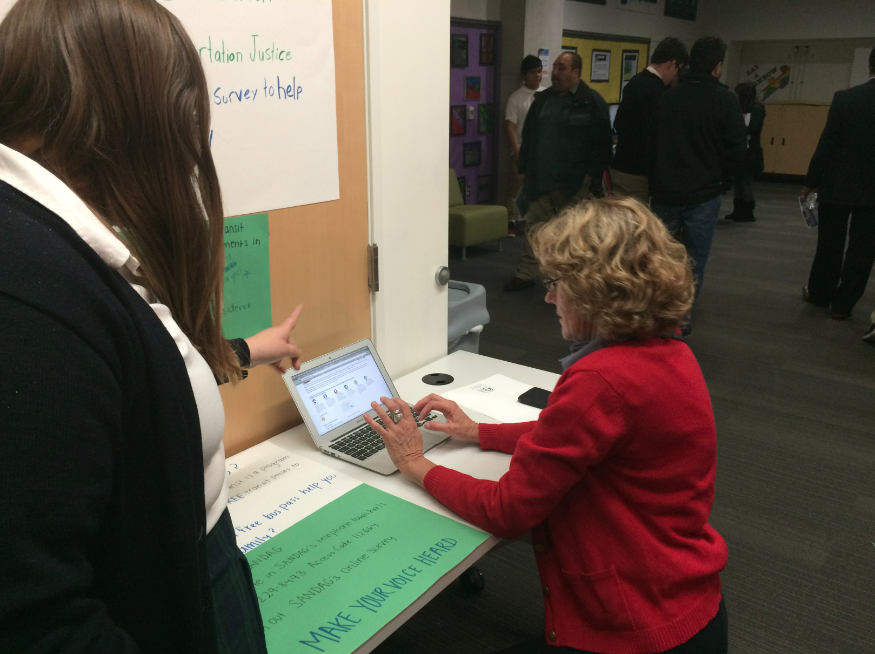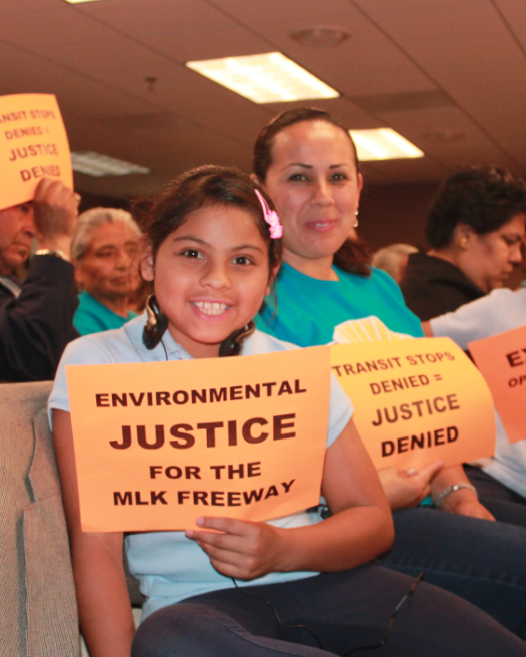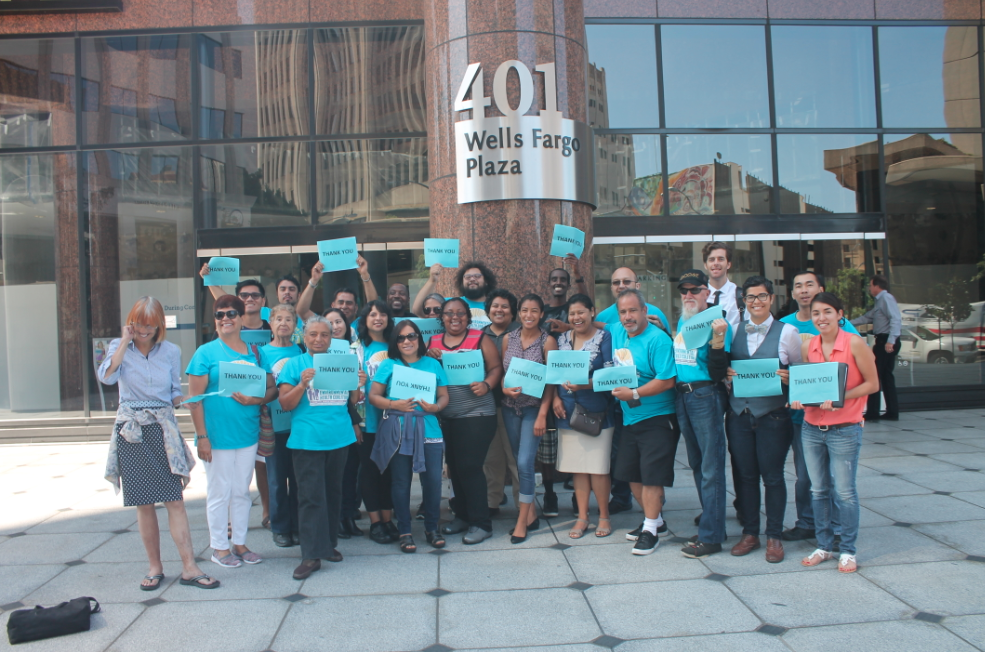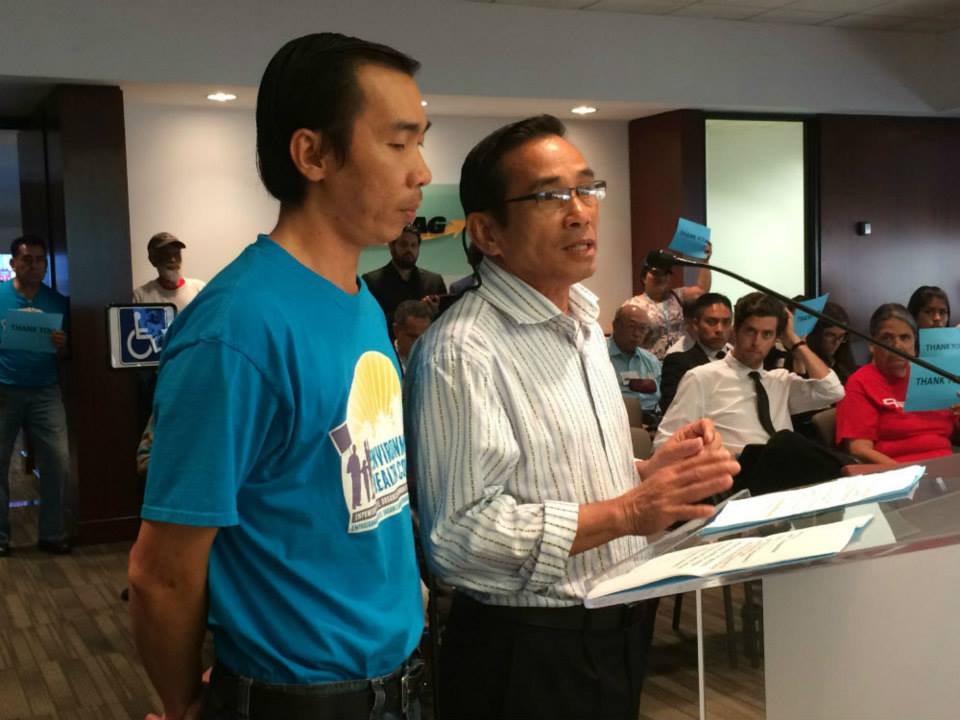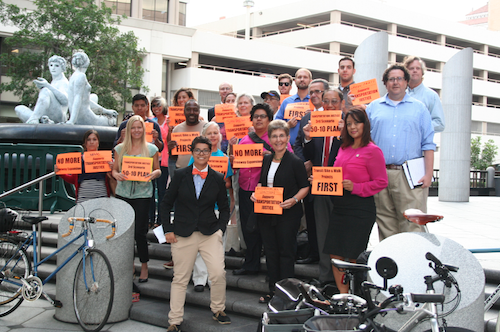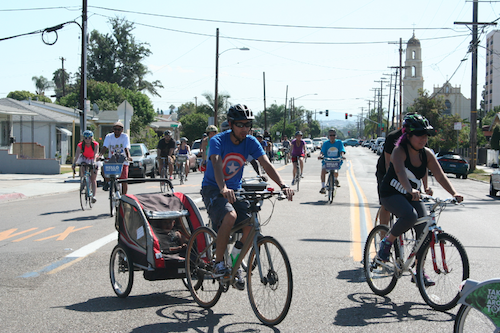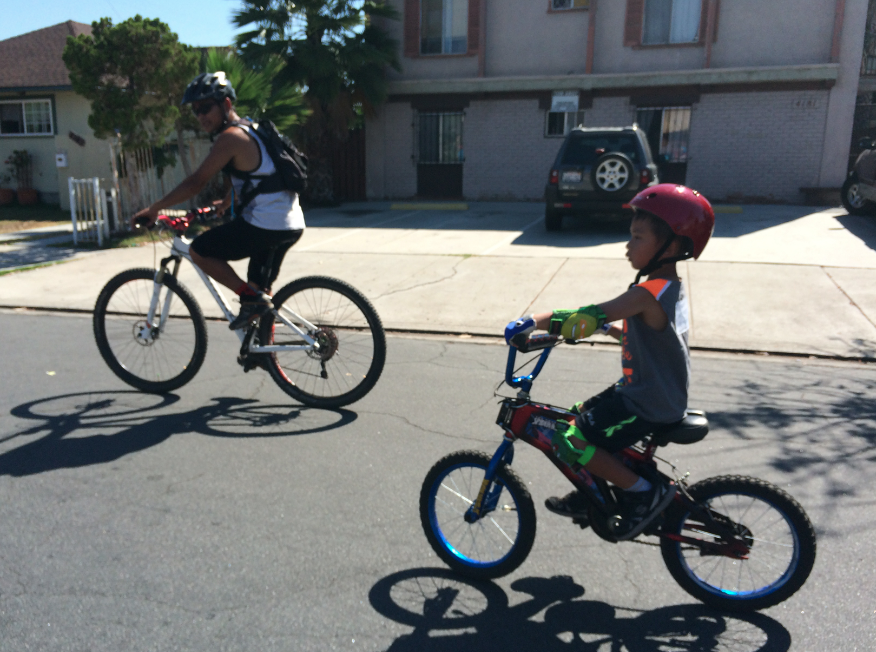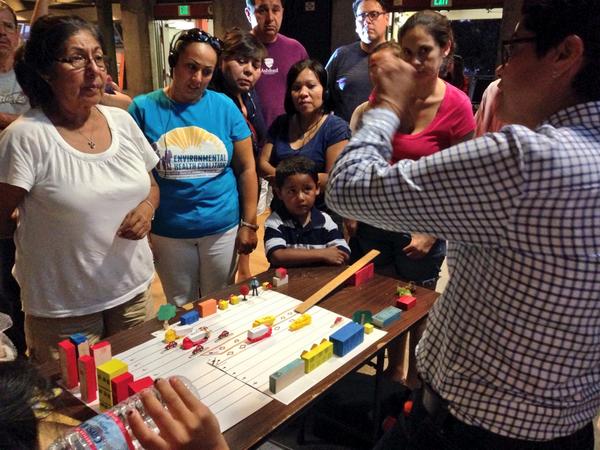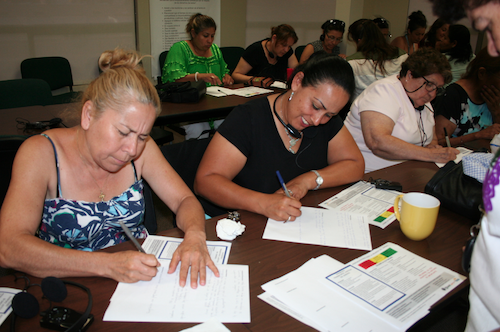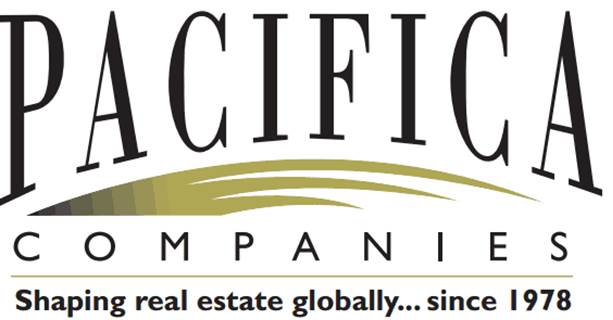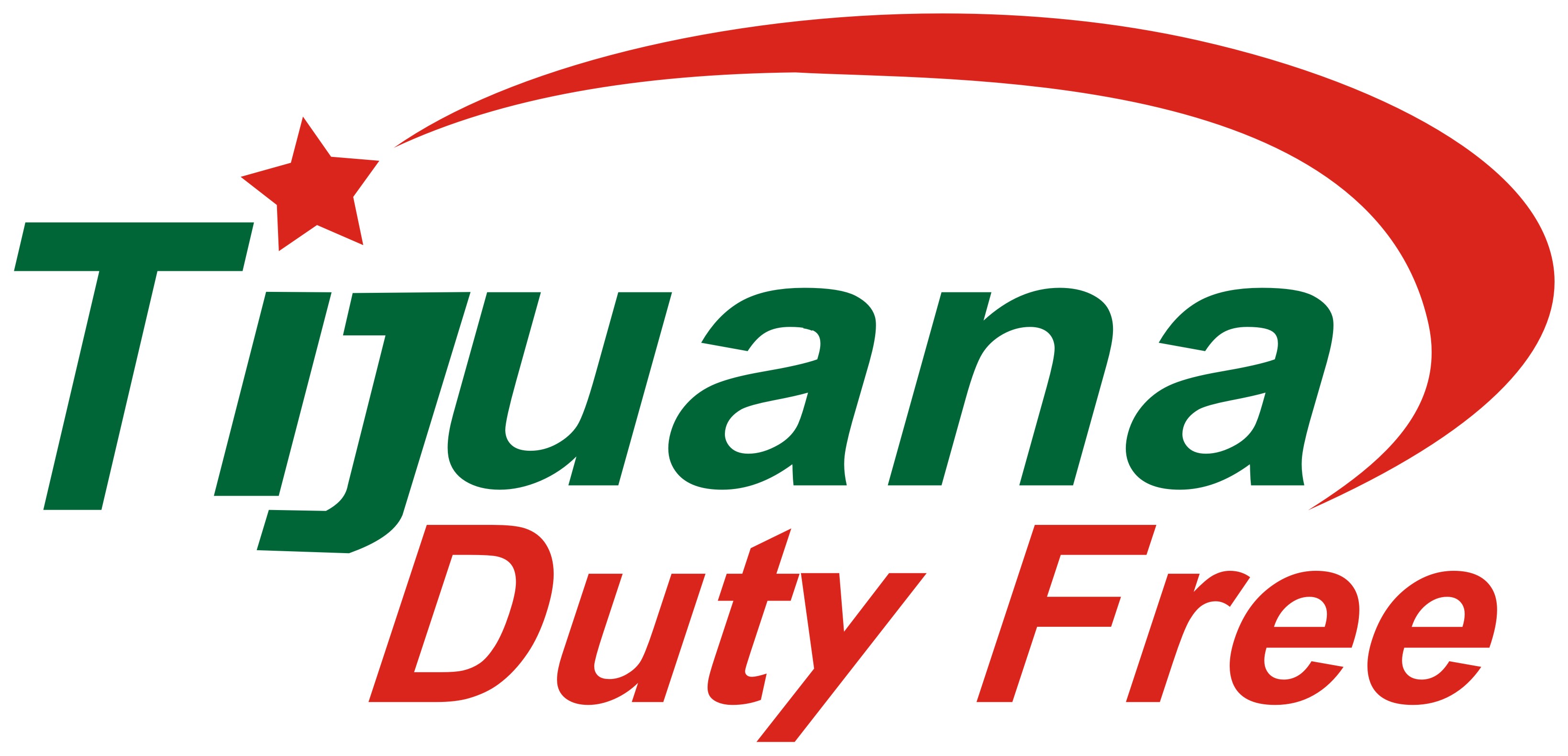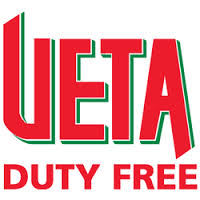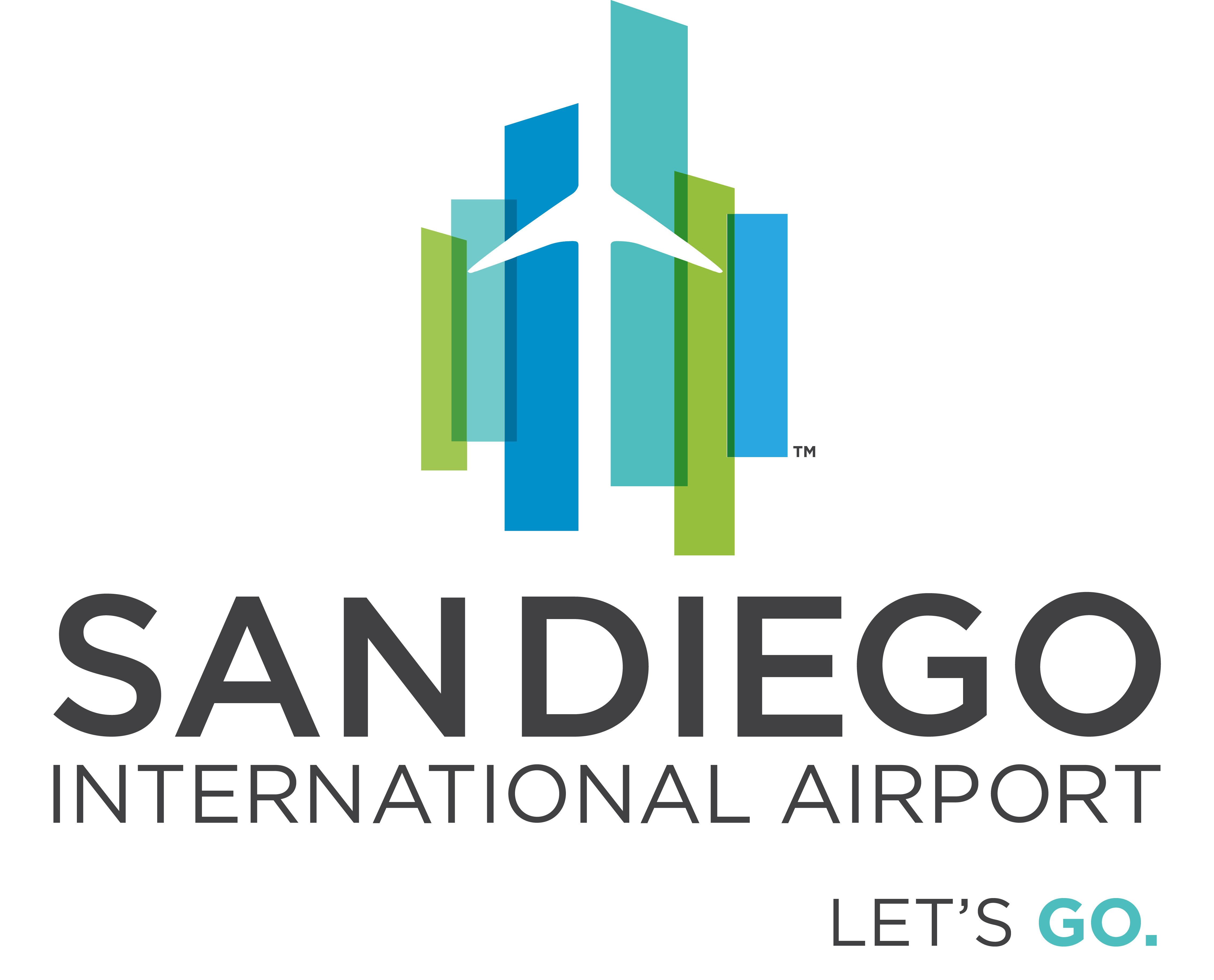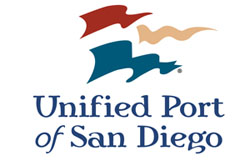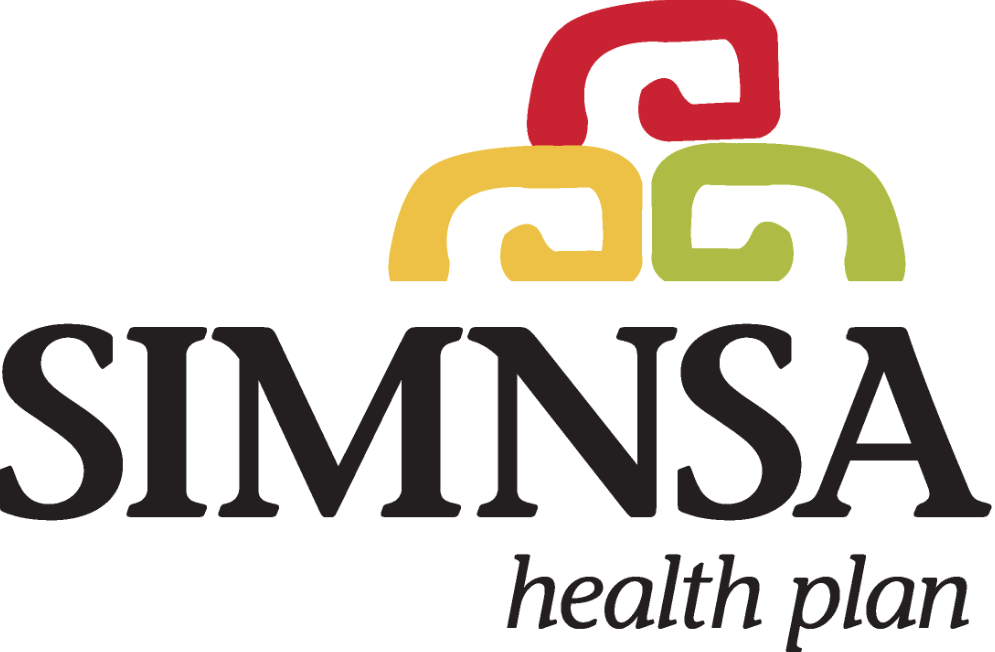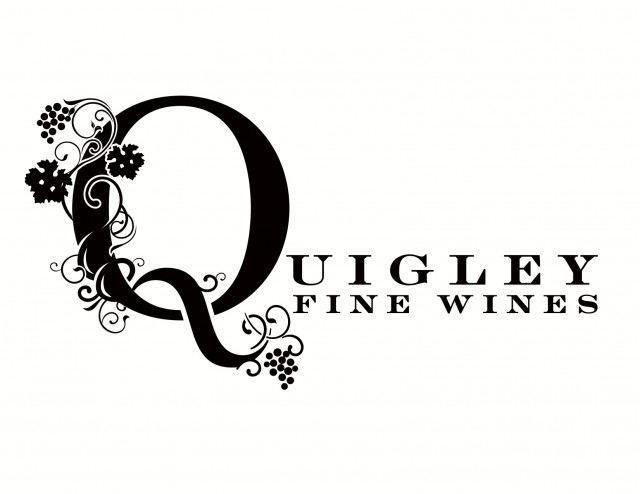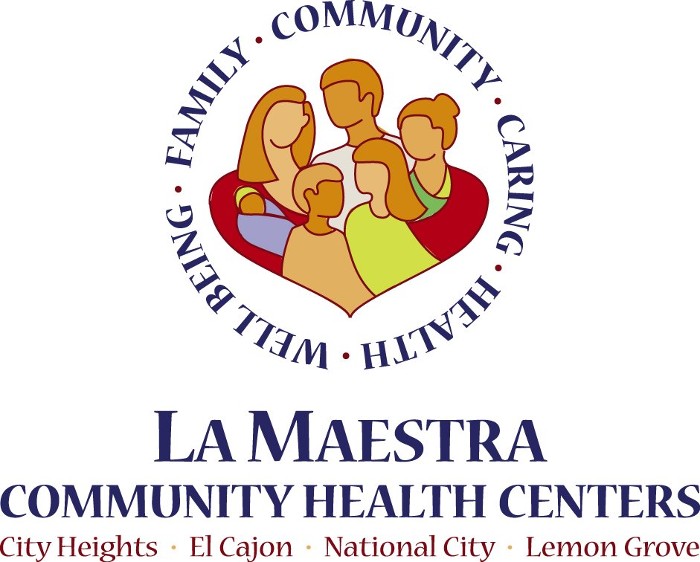On April 14, 2016, the Port of San Diego unanimously voted to approve a new plan for National City Terminal – including the 2.5-acre expansion of Pepper Park.
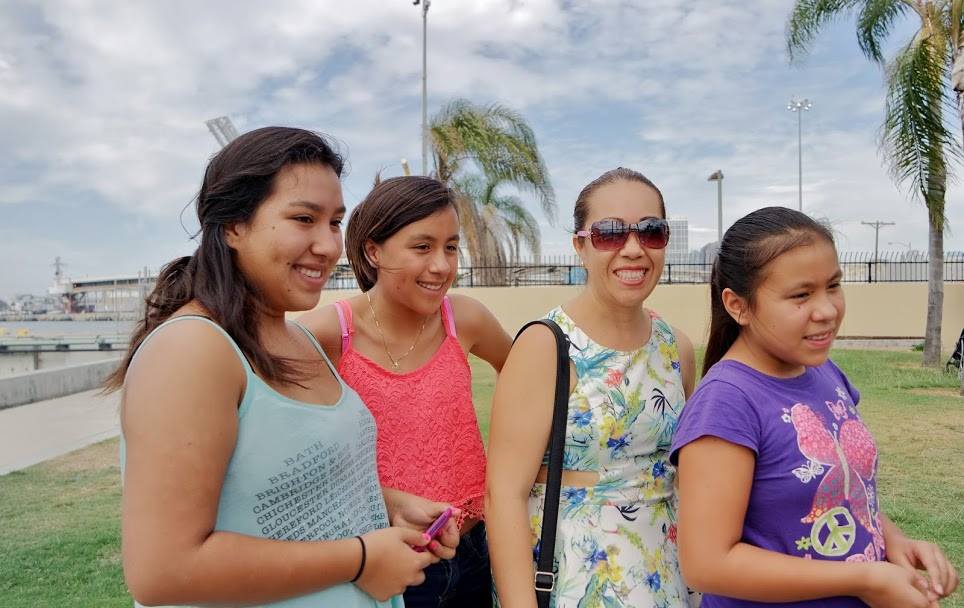
The new plan resulted from unprecedented compromises between the City of National City, the Port of San Diego and community members. It was EHC’s policy advocate, Carolina Martinez, who opened the Port’s eyes to an inconvenient truth - the public amenities sought by the City for the bayfront were not what the residents of National City needed.
The City prizes hotels, restaurants, marinas and other tourist-serving commercial businesses that bring in revenue. While National City needs revenue, not many National City residents own boats, stay in hotels on their own waterfront or eat at pricey restaurants.
What residents do need is open, public park space where kids can play. A level, grassy area for pick-up softball and soccer games. Perhaps even a water feature – given that the bay itself and Sweetwater Channel are not safe or accessible for swimming.
Carolina and National City residents like Margarita Garcia, Leonor Garcia and Lorena Chavez impressed the Port with these realities. It responded by creating several options for redevelopment of the terminal that included more park space. Residents turned out to Port-led workshops in January of 2016 to advocate for the configurations that produced contiguous, usable park space. The new plan will provide 2.5 more acres for exactly these kinds of uses.
The decision to expand Pepper Park is a win for public participation, public health and environmental justice. EHC members from National City have fought for years for this greatly needed community improvement. This victory belongs to them.


